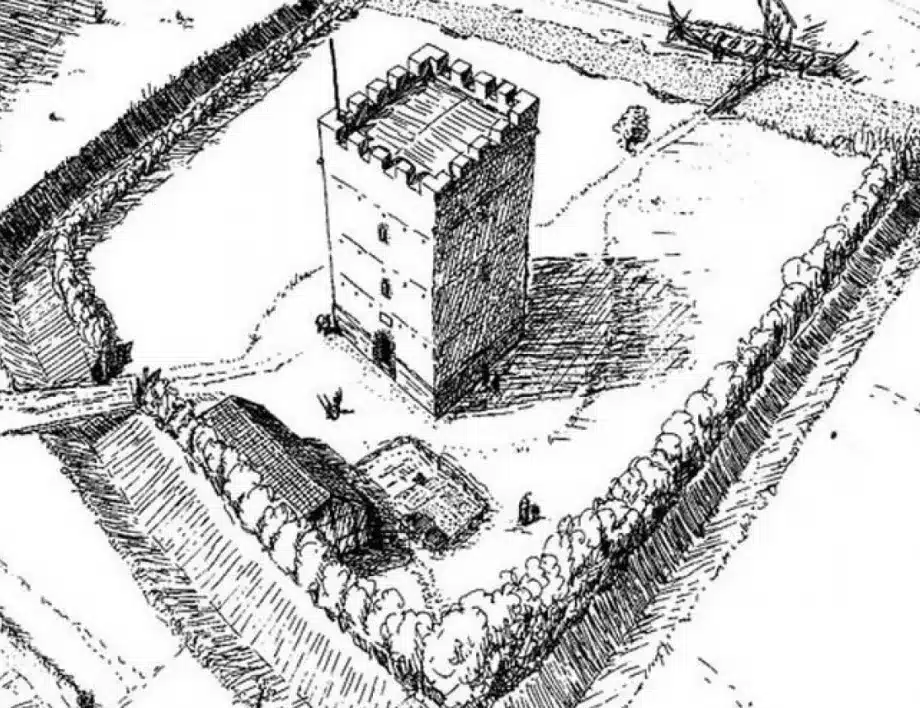Swiss archaeologists conducting exploratory excavations in the Schaarenwald am Rhein nature reserve earlier this year discovered the location of an ancient Roman watchtower.
It was a site surrounded by a moat (possibly additionally reinforced with a palisade or other wooden structure), almost square, measuring seven by seven meters, the walls of which were about one meter thick. It seems that the Romans built this facility in the late 3rd – late 4th century to protect the northern border of the empire from raids by Germanic tribes. This is clear from a message on the website of the Swiss canton of Thurgau. The exposed tower probably belongs to the system of numerous fortifications built by the Romans between the modern cities of Basel and Stein am Rhein – on the so-called High Rhine, which now partially runs the border between Switzerland and Germany.
Previously, the remains of an observation tower, as well as other evidence of Roman residence – for example, coins or typical items of equipment – have already been found in the research reserve. Of the recent find, not much has survived to the present day. These are mainly mortar residues and a small amount of stone. The reason is probably that the facility was later demolished to reuse the building material.
Let us recall that in Switzerland there is also the Forbidden Mountain, which is connected with the Roman presence here – Pilatus.
The mountain is named after Pontius Pilate, the Roman governor who sentenced Jesus to death. Therefore, for the local population, it is scary and mysterious, and legends say that it is inhabited by spirits and giants. Legend has it that the spirit of the Roman prefect who condemned Jesus to death took refuge in one of the mountain lakes. For years the ghost was blamed for the storms on the mountain.
In 1387, the fear of him caused the then government of Lucerne to ban the ascent of Pilatus, and this ban was not lifted until several centuries later.
Pilatus, also known as Mont Pilatus) is a limestone mountain in the Emmental Alps region, near Lake Firwald. It is crowned by several peaks, the highest of which is Tomlishorn (2128 m). It is located south of the city of Lucerne, from where it is easily accessible.












